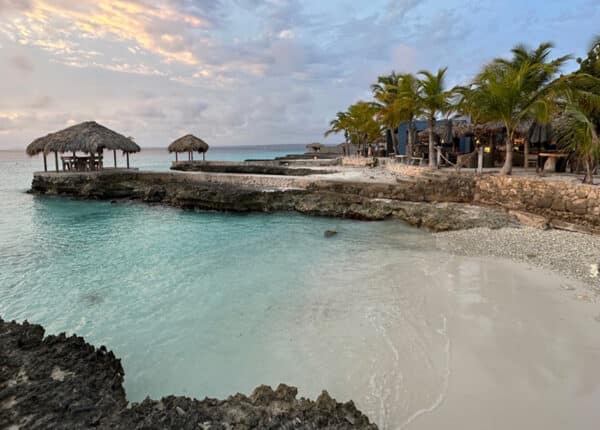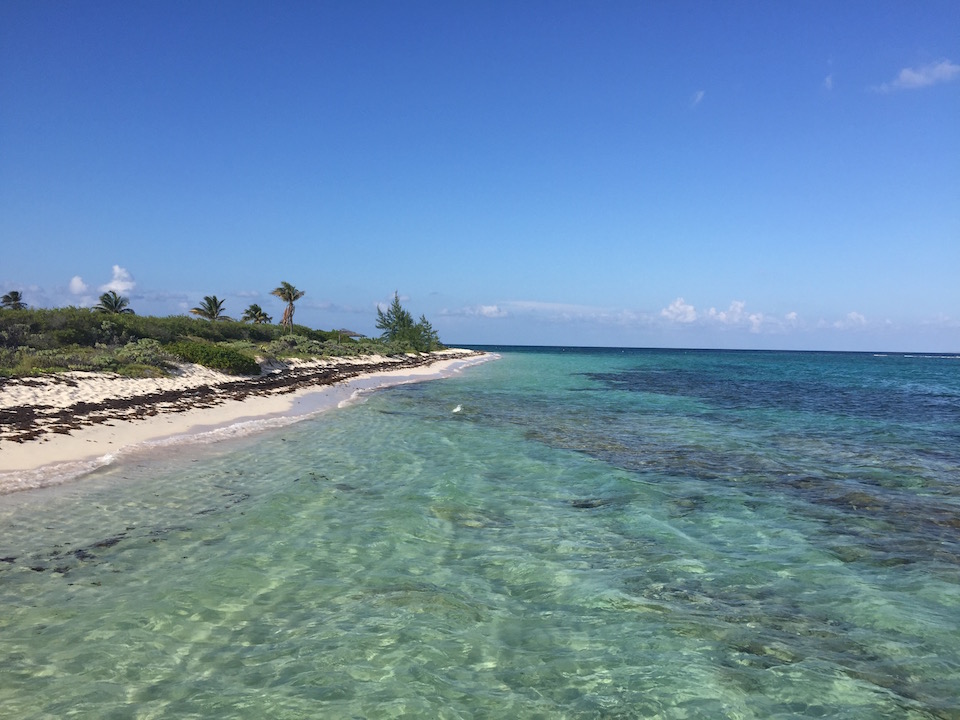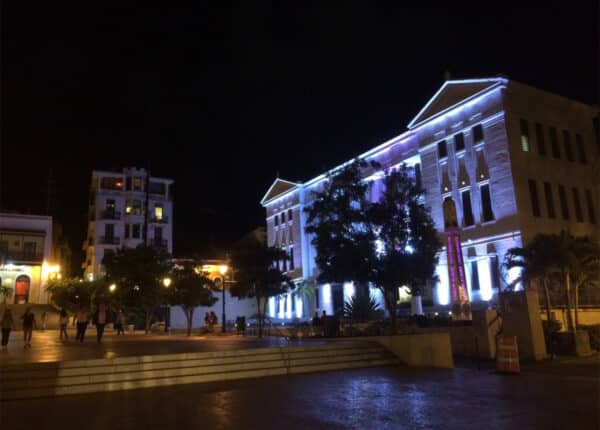Watching Coral in Little Cayman — And What It Means for Caribbean Reefs
When sea temperatures rise, so-called coral bleaching can occur — that is, when corals turn pale or even white, threatening their existence.
But a new project in Little Cayman in the Cayman Islands sought to explore how temperatures affect corals — and how they respond.
Last summer, researchers from the Central Caribbean Marine Institute, with funding from the Edmund F and Virginia B Ball Foundation, were able to monitor reefs in Little Cayman before, during and after what was an extreme sea temperature event.
Between June and September of 2015, when seawater temperatures increased to 30-31 degrees Celsius, about 25 percent of Little Cayman’s corals turned pale or bleached white.
By October, almost 60 percent of the surveyed corals had changed color.
But fortunately, as storm and high winds brought relief, and seawater temperatures dropped, color was returning to the reef.
“The good news is that most of the Little Cayman corals appear to be recovering after the elevated temperatures they experienced in 2015,” the CCMI said in a statement.
The next question is, whether corals experience any long-term impacts from individual bleaching events.
“Worldwide, coral reefs are in danger from rising sea temperatures in a variety of ways – being able to closely monitor any sudden or gradual changes to coral’s natural environment allows us to identify how exactly they are affected and to take measures to protect and in the future regenerate the most resistant corals,” said Dr Carrie Manfrino, CEO of CCMI.







